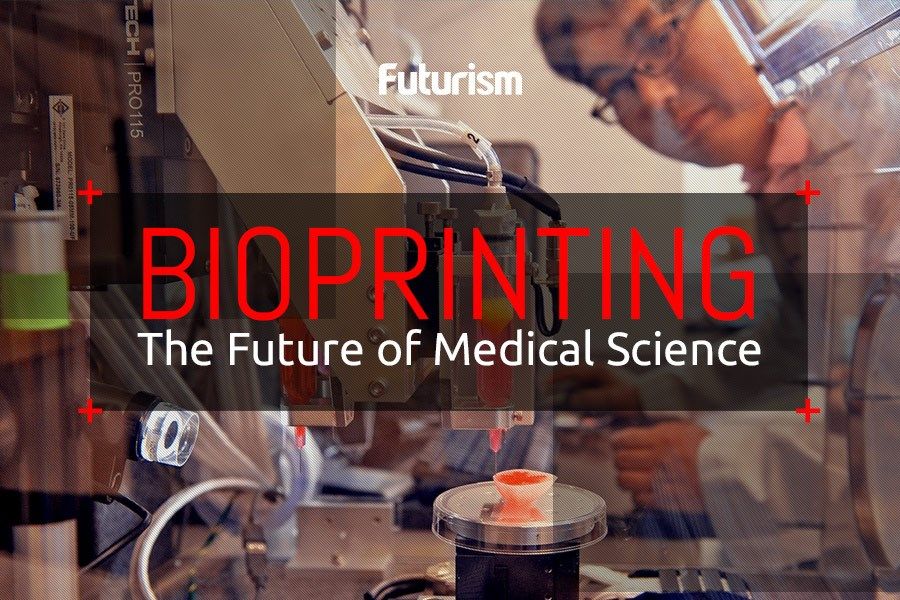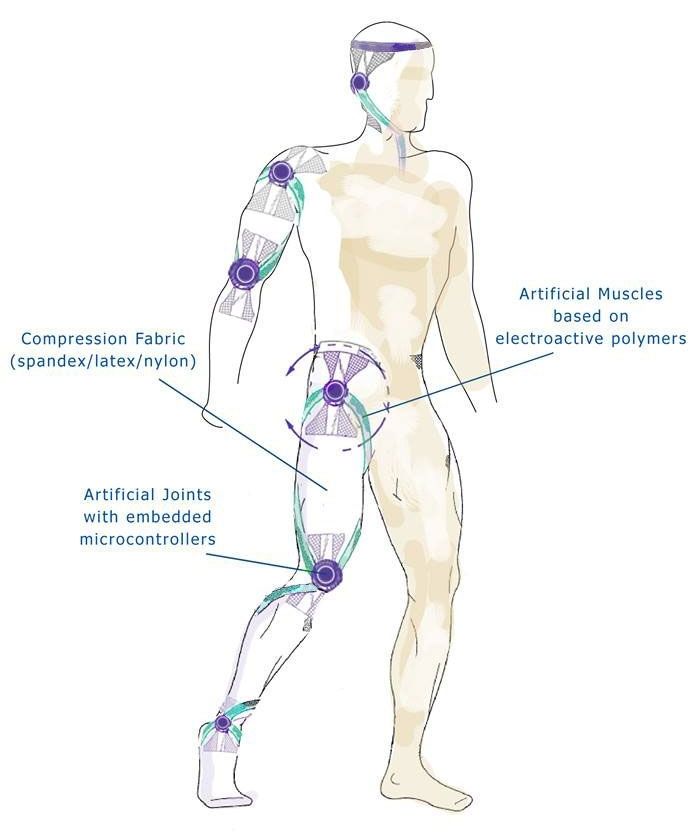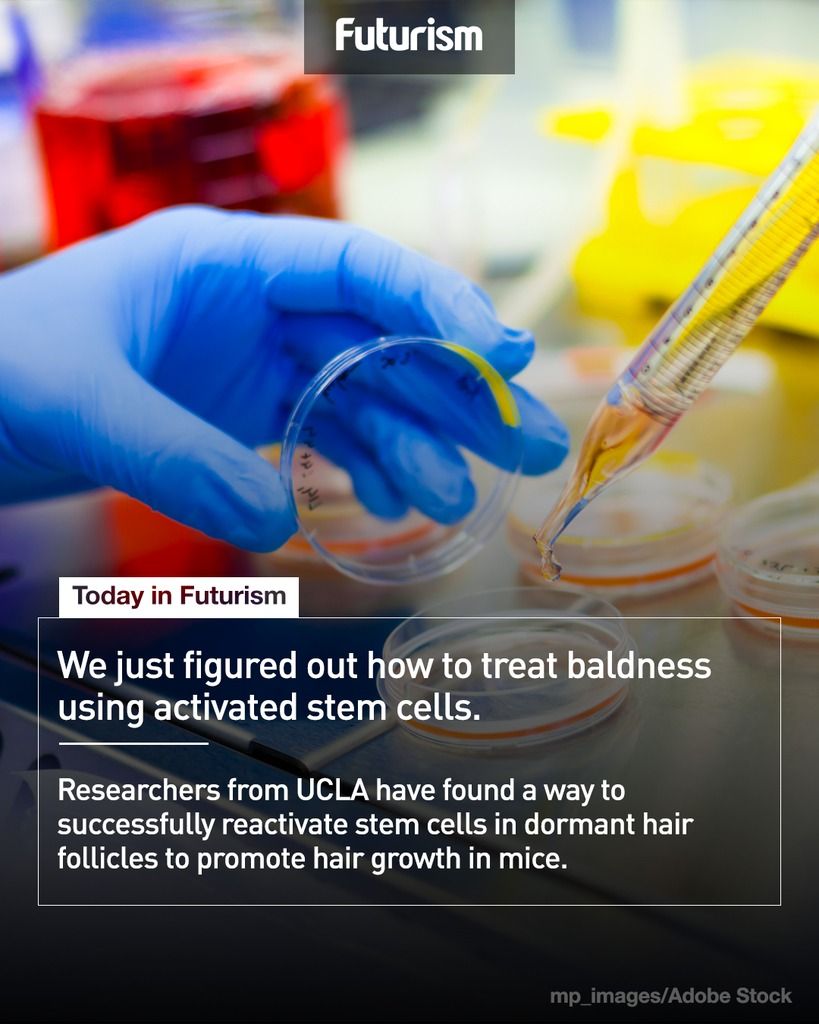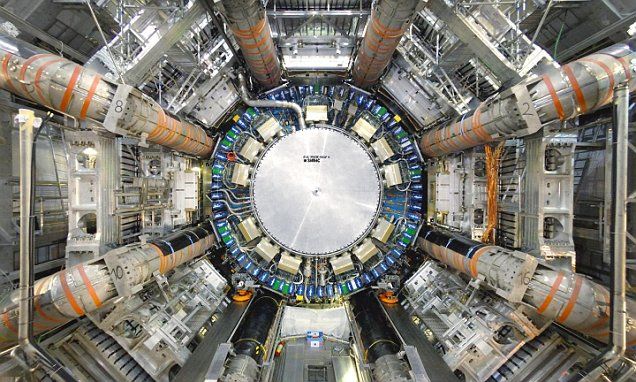In 2015, a video showing a semi-automatic handgun being fired from a custom-built drone went viral, raising concerns for authorities, including the FAA. The development of such a DIY device was only a matter of time, as was the commercialization of the technology. Now Florida-based startup Duke Robotics has unveiled the TIKAD, a custom-built multirotor that can carry and fire various military weapons, including semi-automatic rifles and grenade launchers.
Cell by Cell
3D-printing technology has made significant strides over the past several years. What started as a tool for producing small objects can now be used to craft food, build houses, and even construct “space fabric.”
One of the tech’s most impressive applications, however, is the creation of artificial tissues and organs, a process known as 3D bioprinting, and now, a team of researchers from the University of Oxford has developed a new method that takes 3D bioprinting to the next level. They published their work in the journal Nature Communications.
Why Do We Dream?
Posted in futurism
In the 3rd millennium BCE, Mesopotamian kings recorded and interpreted their dreams on wax tablets. A thousand years later, Ancient Egyptians wrote a dream book listing over a hundred common dreams and their meanings. And in the years since, we haven’t paused in our quest to understand why we dream. So, after a great deal of scientific research, technological advancement, and persistence, we still don’t have any definitive answers, but we have some interesting theories. Here are seven reasons we might dream.
1. WE DREAM TO FULFILL OUR WISHES In the early 1900’s, Sigmund Freud proposed that while all of our dreams, including our nightmares, are a collection of images from our daily conscious lives. They also have symbolic meanings which relate to the fulfillment of our subconscious wishes. Freud theorized that everything we remember when we wake up from a dream is a symbolic representation of our unconscious, primitive thoughts, urges and desires. Freud believed that by analyzing those remembered elements, the unconscious content would be revealed to our conscious mind, and psychological issues stemming from its repression could be addressed and resolved.
Self Driving Cars and Ethics. It’s a topic that has been debated in blogs, op-eds, academic research papers, and youtube videos. Everyone wants to know, if a self-driving car has to choose between sacrificing its occupant, or terminating a car full of nobel prize winners, who will it pick? Will it be programmed to sacrifice for the greater good, or protect itself — and its occupants — at all costs? But in the swirl of hypothetical discussion around jaywalking Grandmas, buses full of school-children, Kantian Ethics and cost-maps, one crucial question is being forgotten:
What about the Squirrels?
What is your take on the ethics of driverless vehicles? Should programmers attempt to give vehicles the ability to weigh moral problems, or just vehicles only have the aim of self-preservation?
Create the Future Design
Posted in engineering, innovation
According to a new study, aging hearts might find a new lease on life. Researchers have demonstrated that stem cells taken from young rats and given to aged rats rejuvenated their hearts, making them functionally younger in a number of ways.
Young at heart
The new study published in the European Heart Journal investigated the effects of cardiac stem cells on the function and structure of aged hearts[1]. There have been previous experiments using cardiosphere-derived cells (CDCs) that have delivered promising results, but they have never been tested in relation to aging.
#Stemcells
Posted in biotech/medical
Children with peanut allergies could finally overcome the life-threatening reaction for up to four years, Australian researchers say.
Following a major breakthrough that could lead to a cure, the small clinical trial found two-thirds of children who were given an experimental immunotherapy treatment were rid of their allergy.
The kids with peanut allergies were given a probiotic treatment called lactobacillus rhamnosus, with a peanut protein, once daily for 18 months.
A new experiment at the Large Hadron Collider has confirmed one of the oldest predictions in quantum physics.
Physicists from the ATLAS experiment at CERN have revealed they’ve observed direct evidence of a process known as light-by-light scattering, in which light interacts with itself at high energy.
This phenomenon is critical to current understanding of quantum electrodynamics, and scientists have sought this ‘milestone result’ for decades – but now, for the first time, researchers say have evidence of photons that interact and change directions.
Russia unveils new fleet of ‘invisible’ supersonic fighter jets — and boasts that they will be the envy of air forces around the world.
- Russia’s new Sukhoi-57 is said to rival America’s F-22 and China’s Chengdu J-20
- Kremlin officials say the stealth fighter jet will be hard to track on enemy radars
- Air force chief has boasted: ‘Every country probably wants planes such as this’
- Jet will undergo another year of testing before it enters military service in 2019
By Julian Robinson for MailOnline









